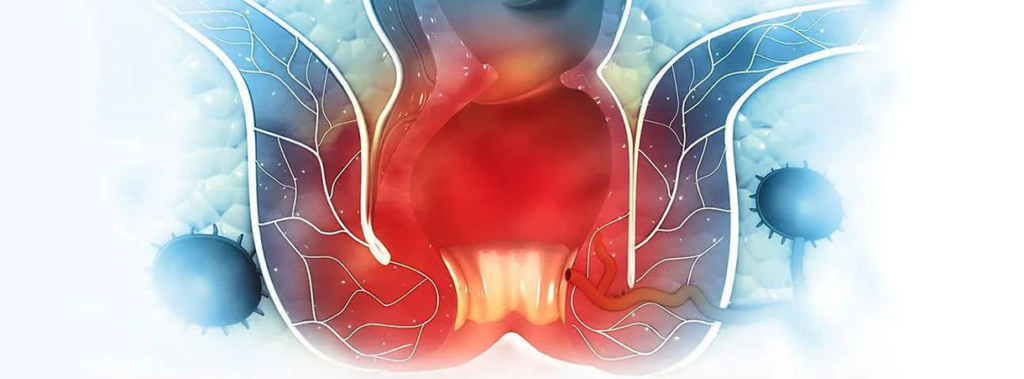Mostly, it develops as a result of infection of the glands in the breech. Patients with anorectal fistula usually present with an anorectal abscess that does not “heal” following drainage, with chronic inflammatory discharge and swelling in the anus or buttock region.
Anorectal fistulas are classified according to their relationship with the sphincter muscles around the anus (superficial, intersphincteric, transsphincteric, suprasphincteric, and extrasphincteric).

Fistulas can be simple or complex, and comprehensive knowledge of the anatomy of complex fistulas is essential for choosing the right surgical treatment.
Magnetic resonance imaging (MR) and ultrasonography through the anus (EUS) are the imaging modalities of choice to determine the anatomy of the fistula tract and how much of the anal sphincter muscles are associated with the fistula.
Surgery forms the basis of fistula treatment. However, choosing the right method is very important. Because the aim of surgical treatment is to eliminate the fistula while preserving the gas and stool retention function. Surgical methods applied according to the type of fistula; fistulotomy, loose seton application, fistulectomy + sphincter repair, LIFT method, slide flaps, modified Hanley procedure, fibrin sealants.